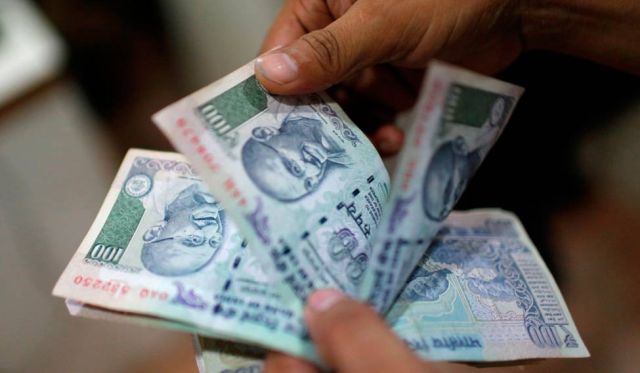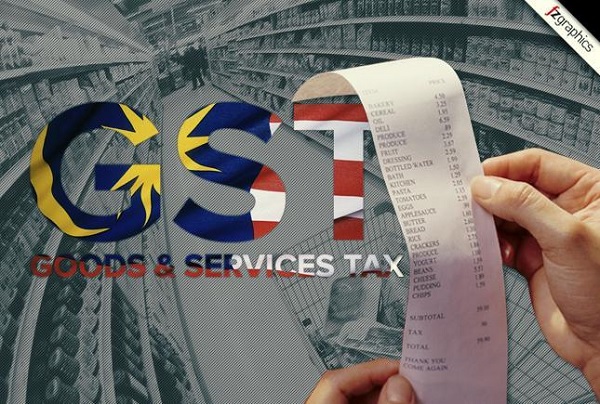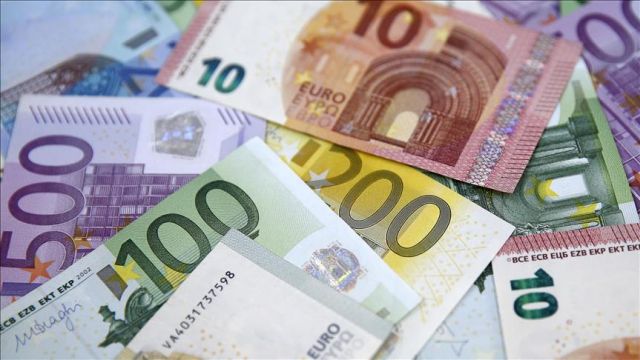Tag: Confederation of Indian Industry
-

CII-IBA Q4 Financial Conditions Index up over 2016-17, falls below Q3
New Delhi : While the Confederation of Indian Industry (CII)-Indian Banks’ Association (IBA) Financial Conditions Index for the current fourth quarter at 53.2 is showing an increase over the same period a year ago, it marks a fall over the previous quarter and there is also a decrease in the cost of funds index, CII…
-

Need GST anti-profiteering rules to avoid price rise: CII
New Delhi : Noting that the GST anti-profiteering clause could lead to hardship, industry chamber Assocham on Sunday urged more clarity in rules to curb price hike arising from a rollout of the new indirect tax regime, saying tax authorities will need to be more sensitive to avoid undue harassment of assessees. The industry body…
-

Indian firms in Germany generated Euro 11 bn revenue in 2016: CII
New Delhi : Around 80 Indian companies in Germany employing a total workforce of 27,400 generated combined revenues of Euro 11.4 billion in 2016, the Confederation of Indian Industry (CII) said on Sunday citing its joint study conducted on the matter. Based on interviews with leading Indian chief executives, the study, done by the Bertelsmann…
-

Signs of India’s economic recovery visible: CII survey
New Delhi:(IANS) There are signs of a recovery in the economy, albeit a slow one, the Confederation of Indian Industry (CII) said on Sunday. “What is especially significant is that there are fewer sectors anticipating negative growth,” CII Associations’ Council (ASCON) chairman Naushad Forbes said in a statement here, releasing a survey on the issue.…
